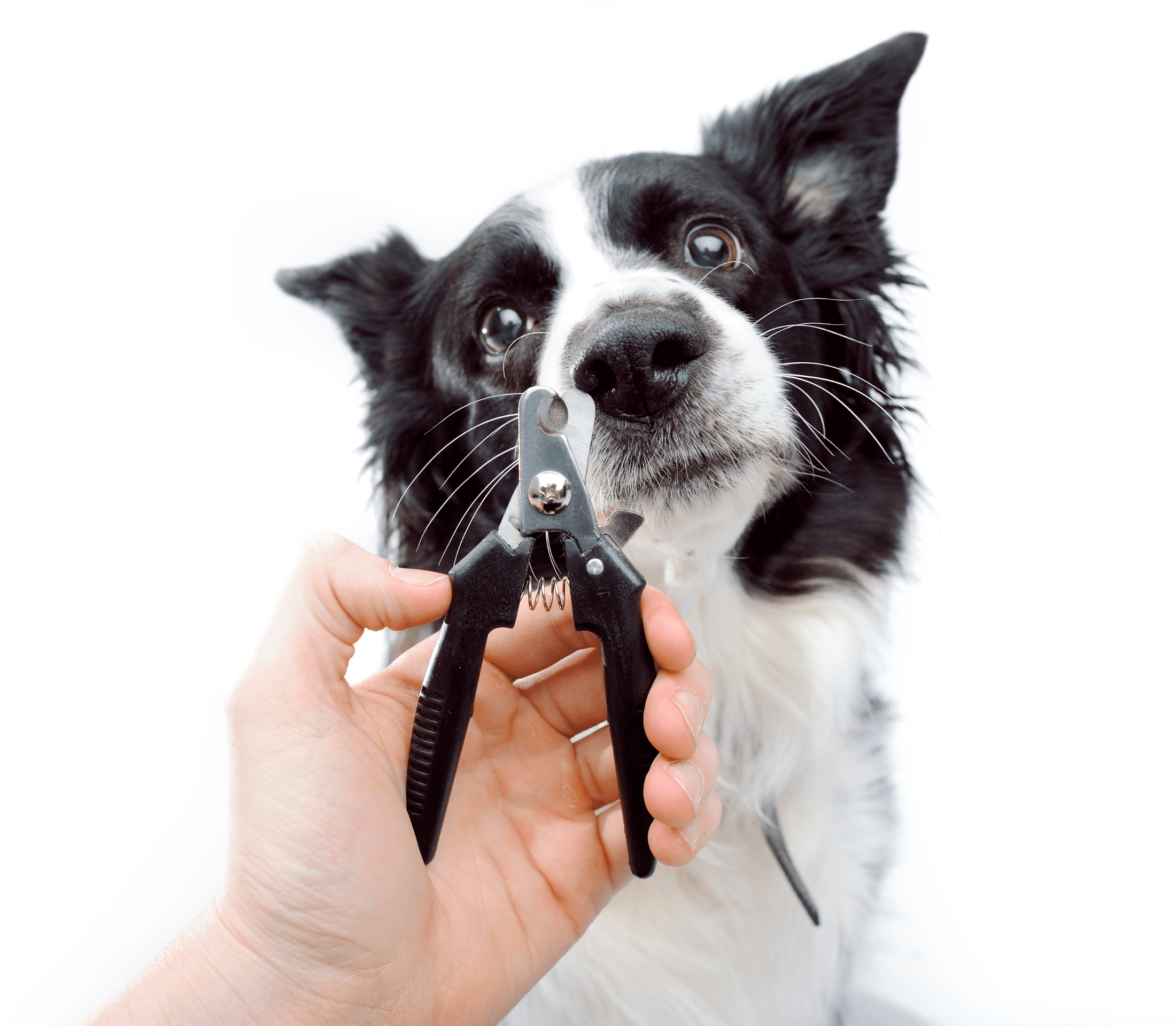Have you microchipped your pet yet? If not, we strongly recommend that you schedule this as soon as possible. The microchip is quite small, usually about the size of a grain of rice, yet it can significantly impact your pet’s life. In this article, a Saginaw, MI veterinarian answers various microchip-related questions.
What Is A Pet Microchip?
Microchips are radio-frequency identification (RFID) implants, also known as transponders. Microchips do not transmit or store data. (Unfortunately, the chip will not prevent your dog from chasing squirrels or Fluffy from knocking objects from your desk.) Every chip has one piece of information: a unique identification number. This can be read using a modern scanner.
Microchips: How Do They Work?
Microchips are passive devices, which means they do not communicate data unless activated by the scanner. The scanner sends radio waves, which cause the chip to broadcast the ID number back to the device. The identifying number is then displayed on the scanner’s digital display screen.
Microchips are commonly used by veterinarians and animal shelter officials to identify stray pets and track down their owners. This simple yet successful method has helped thousands, if not millions, of missing animals come home to their concerned owners.
What Is The Microchipping Process Like?
Microchipping your pet is a simple procedure that takes only a few minutes. It is typically scheduled alongside spay/neuter surgery for convenience. However, it is feasible to finish it on one’s own.
The process is quick and simple. Your veterinarian in Saginaw, MI will use a hypodermic needle to put the chip beneath your pet’s skin, generally between the shoulder blades. This is all there is to it!
Regarding recovery time, a special treat, a snooze, and some forehead scritches should about do it. Of course, Fido and Fluffy would welcome a new toy and extra cuddles! (Fluffy would also like to request catnip, a new bed, a box, and a cat tower, but there’s no need to go overboard.)
How Do Microchips Help People Connect Me With My Pet?
Remember the ID number we stated before? That number is associated with your data in the chip manufacturer’s database. This is how you and your pet maintain an invisible bond.
After your pet has been microchipped, you must update the chipmaker’s database, so you’ll need to upload your information. However, you will not have to do anything with the chip itself.
What Happens Once My Pet Has Been Microchipped?
Microchipping is usually a one-time process. You will not need to interface with the actual chip. However, if you change your email address or phone number, please update this information. If your contact information is wrong or out of current, the chip will not work!
To update your records, simply log in to your manufacturer account and make the appropriate modifications.
Having your veterinarian inspect the chip during your pet’s regular checkup is also a smart idea. This is only to ensure that it hasn’t slipped out of place or failed.
Why Should You Microchip Your Pet?
Microchips have enabled the happy reunions of hundreds, if not millions, of missing pets with their devastated owners, often years after the animal went missing! This is a key component of responsible pet ownership. Do not assume that your pet will never run away. Even the most dedicated and loyal pet can be lost or stolen. Actually, one in every three pets goes missing at some point in their life! Unfortunately, only a small percentage of un-microchipped pets return home. Ohio State University researchers discovered the following:
Microchipped canines were substantially more likely to be returned to their owners than stray dogs without microchips (52.2% vs. 21.9%). Microchipped cats were substantially more likely to return home than unchipped cats (38.5% vs. 1.8%).
Do Microchips Track Pets?
No. Microchips are currently incompatible with GPS tracking, and this is unlikely (but not impossible) to change in the future. This is because GPS systems require power to operate. Clearly, installing batteries in Fido and Fluffy is not a good option. While we may someday discover a power source based on purrs and tail wags, technology has not yet advanced to that point.
Chips can be linked to some products, such as pet doors and bowls. These doors, for example, allow Fido to enter and exit the yard via a doggy door while keeping that raccoon you spotted in the yard outside. If Fluffy and Mittens have different feeding preferences, you can purchase dishes that will only open for the appropriate furball.
Do I Need To Get A GPS Tag For My Pet?
GPS tags are excellent innovations! Before you buy, do your homework. There are many different ones available. They differ significantly in terms of subscription pricing, range, technology, battery life, and water resistance. Some use Wi-Fi or mobile towers, while others employ satellites.
How Long Does A Typical Pet Microchip Last?
Microchips have a typical lifespan of about 25 years. That is much beyond the lifespan of dogs and cats. Birds, on the other hand, have much longer lifespans. If your bird is microchipped, you may have to replace Polly’s chip at some point.
Are Pet Microchips Important?
Yes! A microchip is a low-cost, one-time investment that could potentially save your pet’s life! Having one and not needing it is certainly preferable to needing one and not having it.
Can I Microchip My Pet Myself At Home?
No, definitely not! This is a medical treatment that should only be done by a licensed veterinarian. Attempting to accomplish it on your own could have disastrous consequences. Not only will you imperil your pet, but you could also face legal consequences. In some circumstances, this could be deemed animal abuse, a felony offense.
Are There Any Risks To Microchipping?
Microchipping is extremely safe. There is a tiny possibility that your furry pal will experience edema and/or itching. This normally goes away within a day or two. Of course, if the condition persists, consult your veterinarian right away. However, that is quite unlikely.
Why Should I Get My Pet Chipped?
Microchips provide an unseen safety net for you and your pet. They offer several advantages that tags do not. For one thing, they are permanent. They cannot be easily removed, unlike collars and tags, and your pet will not rip or bite them.
They are also acceptable in court. This could be a major changer in theft cases.
Are Id Tags Still Necessary?
Absolutely! Tags remain the simplest way for others to link you and your pet. They are also required by law in several places.
Can Smartphones Scan Microchips?
Unfortunately, no. Smartphones can perform various functions, but there are no apps for reading chips. Given that microchips employ a distinct technology that is fundamentally incompatible with smartphone technology, this is unlikely to change. However, it will be interesting to see how microchips evolve in the future.
Would A Magnet Attract A Pet’s Microchip?
No. Microchips do not have magnetic fields.
Schedule A Microchipping Appointment With Your Saginaw, MI Veterinarian.
Do you need to get your pet microchipped? Make an appointment with a Saginaw, MI, veterinary clinic. We’re happy to help!



